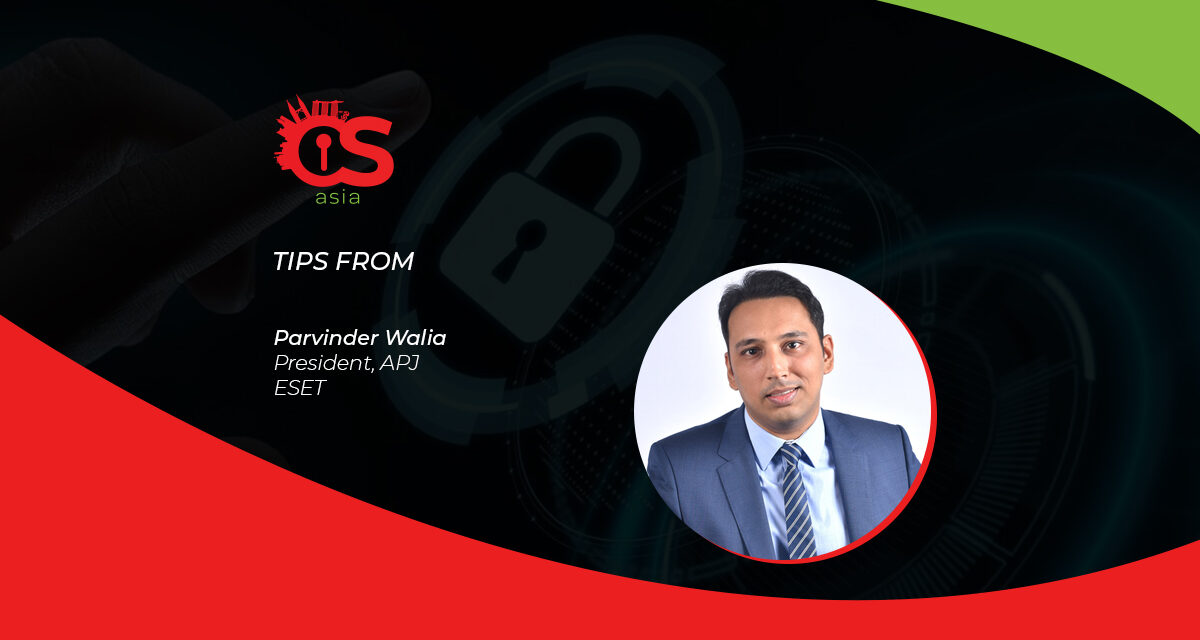These days, just acquiring and installing various cybersecurity solutions is no longer enough. Read on to find out why …
While it is critical for organizations to have effective cybersecurity solutions in place, a good cybersecurity posture must comprise more than just that.
In the face of an evolving threat landscape, businesses need to recognize that a whole-of-organization approach is vital in ensuring cyber hygiene and employee awareness in the defence against cybercriminals.
Although there is growing awareness of cyber threats and the far-reaching consequences of cyberattacks, businesses need to take a stronger stance towards cybersecurity.
Potential targets in the hybrid workplace
Each remote-working employee can represent potential weak points for cybercriminals to probe.
As hybrid work models have already become the norm for most businesses, along with the rise of connected and smart home devices, it is crucial to minimize the risks that insider threats (i.e., security risks that originate within an organization) can pose.
Besides the security risks from digital devices, stress, isolation and distractions that come from balancing work with personal life may also play a key role in increasing insider risk. ESET data suggests that around 47% of its user base surveyed were somewhat or very concerned about their ability to manage stress during the pandemic.
As a result, there may be a higher chance for these stressed employees to accidentally click on malicious links, or fail to report a potential breach to IT.
With cloud-first strategies becoming popular, several security challenges specific to cloud-based environments, will become common. Although a multitude of cloud-based cybersecurity tools are available for securing the hybrid workforce, organizations should not be complacent—using the right tools only constitutes half of a good cybersecurity posture.
Tips to fortify Cloud-first environments
Here are five best practices for IT teams to check against:
- Stay up-to-date with the latest cyber threat landscape and review your organization’s security posture regularly.
- Consider cloud-based sandboxing solutions to enhance never-before-seen threat detection capabilities and response.
- Companies that have already gone cloud-first can use a cloud-based management console to manage their security. This allows IT administrators to remotely manage security solutions and enforce security policies.
- Implement a zero-trust security model to mitigate any security risks. This model is a robust cybersecurity framework that centres on a ‘never-trust, always verify’ concept, recognizing that trust is a vulnerability, and nothing—regardless of whether it is a file, an app or a person—is trusted by default.
- Improve employees’ cyber hygiene by providing regular cybersecurity awareness training, sharing best practice policies and processes supported by the right technology.
To conclude, it is important for businesses to know that cybersecurity solutions are not silver bullets. Even with the right security solutions and IT infrastructure built with the zero-trust model in mind, businesses may still be vulnerable to cyberattacks.
For the best protection, organizations should use effective cybersecurity solutions in tandem with strong, company-wide cyber hygiene practices.

















